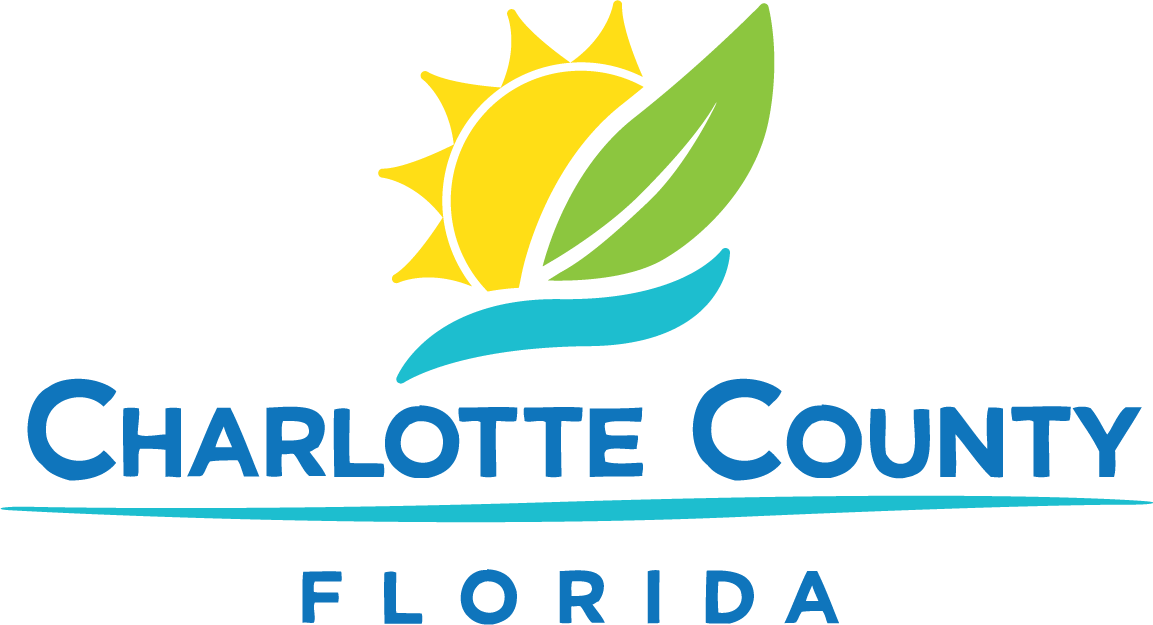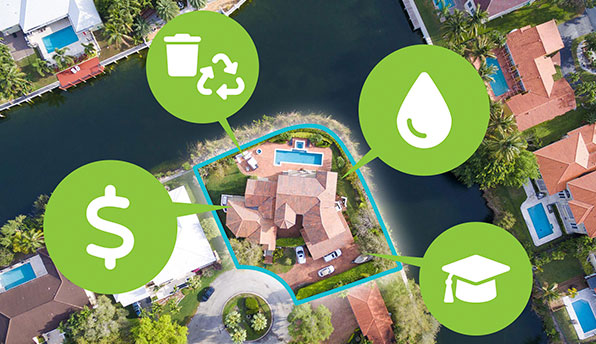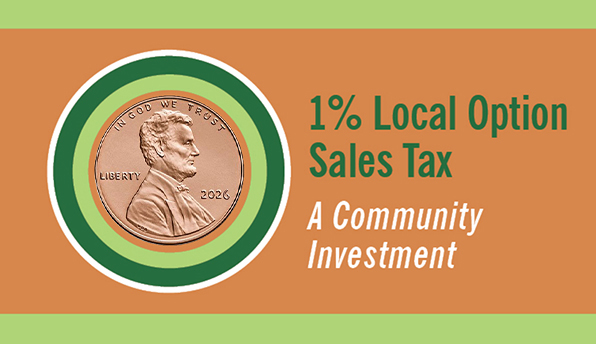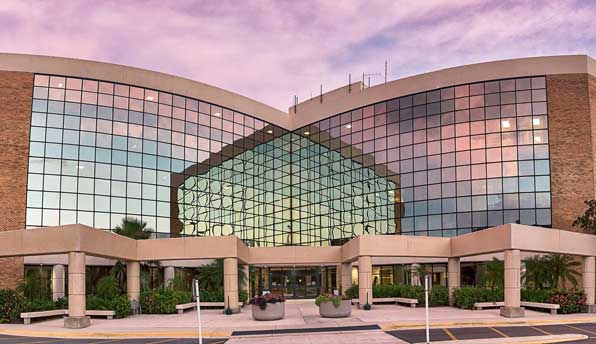Charlotte County has hundreds of miles of shorelines along its canals and stormwater swales that goes largely unrecognized as an important way in improving water quality and increasing environmental resilience to our community and ecosystem.
Bringing in Balance
Florida has uniquely productive water bodies which are vastly different from the lakes and ponds found in northern parts of the country. Our sub-tropical climate allows for aquatic plants to grow rapidly and nearly year around. While plants in our ponds and waterways are natural, healthy, and benefit the environment, their overgrowth is usually a signal of excess nutrients in the water. Limiting fertilizer use – which reduces the potential for fertilizer to enter our waterways - is one way to reduce the available nutrients to these plants and slow their growth.
Not all aquatic and shoreline plants are bad and necessitate chemical control, as chemical control is just a temporary solution to the larger issue of excess nutrients in our waterways. Allowing for our waterways to settle into a natural cycle of balanced plant growth can limit the effects of adding chemicals to the waterways, reduce the expense of treatment, and benefit wildlife and water quality throughout the county.
Naturalizing the shorelines along ponds and other waterways with native plants can slow shoreline erosion, support a wide array of wildlife and can help improve water quality.
For a more in-depth look at pond plant selection and planting guide, please see Guide to Selection and Installation of Stormwater Pond Plants.
Need help designing your shorelines? Living on the Water's Edge (Freshwater) and Living on the Water's Edge (Saltwater) are a great way to get started.
Healthy Ponds and You! Healthy Pond Banks and Buffer Zones Healthy Ponds Include...
Algae in your stormwater pond or waterway?
Blue-Green Algal Blooms in Stormwater Pond
Bringing Nature In
Research shows that being in nature, living near nature, or viewing nature can have positive impacts on both wildlife and people. Naturalizing areas around our homes and businesses with native plants can achieve this. Having native plants in your landscape can provide much needed habitat in an increasingly urban environment. Additonally, having the right landscape design can help lower cooling costs in the summer.
- The Florida Friendly Planting Guide can help you choose the right plant for the right place.
- The Florida Native Plant Society (Mangrove Chapter) is a great resource to learn about native plants and ecosystems!
- Want to learn more about planting for pollinators? Visit the website of the Xerces Society to see how you can incorporate a pollinator garden in your neighborhood.
- Planting native plants in your yard can transform your yard into valuable wildlife habitat. The Florida Fish and Wildlife Conservation Commission has helpful hints on how to Create Wildlife Habitat at Home.
- The National Audubon Society's Plants for Birds website will introduce you to bird-friendly native plants that grow in our area.
- Landscaping for Energy Efficiency






